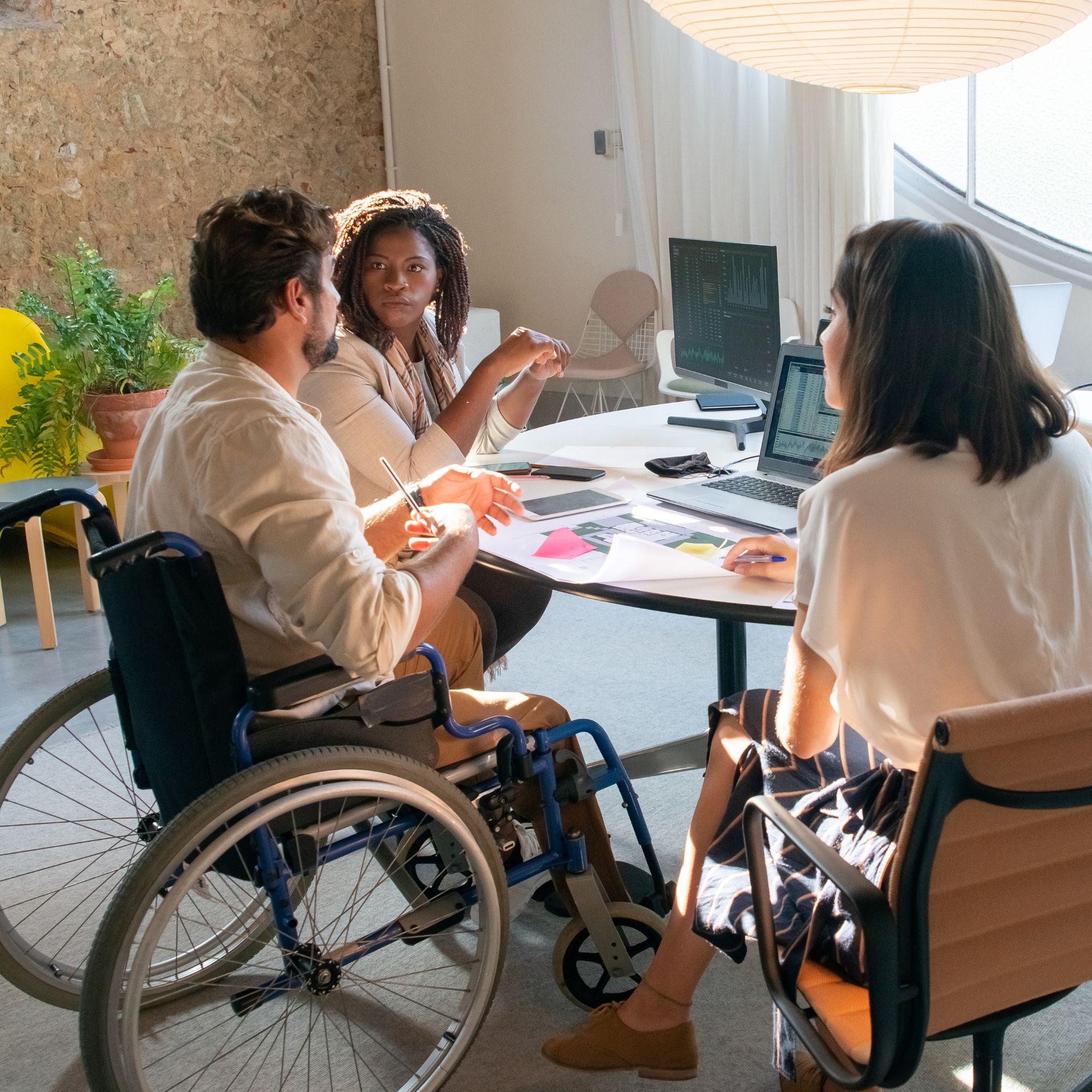Disability – A physical, psychological, medical, or learning impairment that impacts a person’s ability to undertake everyday tasks.
– Oxford English Dictionary
Our ability to navigate the turbulent waters of the modern world is largely dependent on our physical, cognitive, and emotional capabilities. Two healthy hands are required to perform a multitude of everyday tasks, finding a job or even compiling a resume can be near impossible if one cannot read, and there’s a good chance that the board meeting will not end well if its participants are subject to frequent outbursts of rage. However, over 100,000 Americans suffer from upper limb loss, 4-6% experience chronic emotional dysregulation, and one in five Americans live with dyslexia. With the American Census Bureau estimating the prevalence of handicaps as high as thirteen percent, the question must be asked: are we doing enough to empower those individuals who are unable to function to their fullest?
What is a disability?
Though we mean no offense to the OED definition quoted above, the historical and cultural contexts surrounding disabilities are far richer than even Oxford can do justice. The role of the disabled person in society has ebbed and flowed over the years. Anthropological studies indicate that disabled homo sapiens were cared for by the pack in hunter-gatherer societies. Ancient temples were on occasion made accessible to those who struggled with movement. Props such as walking sticks were made available for those in need. On the other hand, there is no indication that our predecessors possessed a nuanced or broad perception of disabilities. Indeed, those who suffered from mental illness were believed to be cursed by demons, and eugenics were championed even by scholars such as Plato. Ultimately, only those who were deemed beneficial to society were kept and allowed to live the life of their choosing. Human history is stained black with the records of the treatment of those whom society did not deem worthy.
Following a prolonged period of advocacy spanning several decades, the Americans with Disabilities Act was passed into law in 1990. In addition to granting persons with disabilities freedom from discrimination, the law sought to acknowledge a broader perception of disabilities that had been seeping into the public consciousness for the better part of a century. Among physical illnesses such as blindness, the law outlines a collection of emotional and cognitive difficulties such as intellectual disability, ADHD, and OCD. The UN Convention on the Rights of Persons with Disabilities followed in 2007. At long last, those who suffered would no longer do so alone.
In light of progress, how conceivably can over 61% of employees have witnessed workplace discrimination, and more than a third of discrimination cases are on the basis of disability? Perhaps our very approach to disabilities must be reexamined.
The Social Approach: Forming a More Inclusive and Dynamic Society
If a handicap is defined by its inherent impairment of its bearer’s abilities, then perhaps a reexamination of our societal constructs and how they impact those who deviate will provide a more inclusive approach. Are students with ADHD not fit for the classroom, or was the classroom not built for such students? Are wheelchair-bound individuals unable to access key services, or have those services failed to accommodate their clientele? Is a person with dyslexia merely unable to read, or does s/he possess a unique set of talents of his/her own that can shine just as bright as the most gifted writer? For if we are to identify a person by what they lack, our unconscious bias will never die. Only through appreciation of each individual and their gifts can we truly diversify our workplaces, networks, and perspectives.

